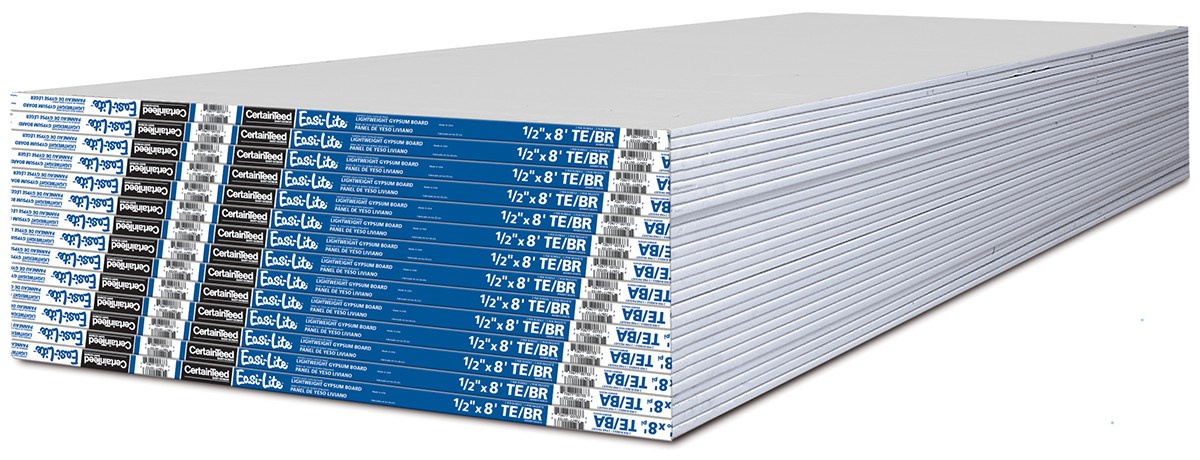In today's rapidly evolving technological landscape, the demand for materials that combine strength with lightweight properties has never been more critical. Industries ranging from aerospace to automotive, construction to consumer electronics, are on a relentless quest for materials that can enhance performance while reducing weight. This blog post delves into the characteristics, applications, and emerging innovations in strong but lightweight materials, shedding light on why they are pivotal in modern engineering and design.
Understanding the Importance of Strong Lightweight Materials
The significance of strong yet lightweight materials lies in their ability to improve efficiency and performance across various applications. In aerospace, for instance, reducing weight directly translates to lower fuel consumption and increased payload capacity. In automotive engineering, lighter vehicles can achieve better fuel efficiency and enhanced handling. Furthermore, in construction, using lightweight materials can lead to reduced structural loads and lower transportation costs.
Key Characteristics of Strong Lightweight Materials
To qualify as a strong but lightweight material, several key characteristics must be considered:
- High Strength-to-Weight Ratio: This is the primary metric for evaluating materials. It refers to the strength of a material relative to its weight. Materials with a high strength-to-weight ratio can withstand significant loads without adding excessive weight.
- Durability: Strong materials must also exhibit resistance to wear, corrosion, and fatigue. This ensures longevity and reliability in various environments.
- Versatility: The ability to be molded, shaped, or processed into various forms is crucial for applications across different industries.
- Cost-Effectiveness: While advanced materials may offer superior properties, their cost must be justifiable for widespread adoption.
Prominent Examples of Strong Lightweight Materials
- Carbon Fiber Composites
Carbon fiber composites are renowned for their exceptional strength-to-weight ratio. Composed of thin strands of carbon woven together and bonded with a resin, these materials are incredibly strong yet lightweight. They are widely used in aerospace components, high-performance sports equipment, and automotive parts. The primary drawback is their cost, which can be prohibitive for some applications.
- Aluminum Alloys
Aluminum is a classic example of a lightweight material that offers good strength. When alloyed with elements like copper, magnesium, or silicon, aluminum can achieve impressive mechanical properties. Its corrosion resistance and ease of fabrication make it a popular choice in the automotive and aerospace industries.
- Titanium Alloys
Titanium is another material that boasts a remarkable strength-to-weight ratio. It is significantly stronger than aluminum while being only slightly heavier. Titanium alloys are used in applications where high strength and corrosion resistance are essential, such as in aerospace components and medical implants. However, the high cost and difficulty in machining titanium can limit its use.
- Magnesium Alloys
Magnesium is the lightest structural metal, and when alloyed with other elements, it can achieve a good balance of strength and weight. Magnesium alloys are increasingly used in automotive and aerospace applications due to their lightweight nature and ability to absorb vibrations.
- Graphene
Graphene, a single layer of carbon atoms arranged in a two-dimensional lattice, is one of the strongest materials known. It is incredibly lightweight and has remarkable electrical and thermal conductivity. While still in the early stages of commercial application, graphene holds promise for revolutionizing various industries, including electronics, energy storage, and composite materials.
Emerging Innovations in Lightweight Materials
The field of materials science is continuously evolving, with researchers exploring new avenues to develop stronger and lighter materials. Some notable trends include:
- Bio-inspired Materials: Nature has perfected the art of lightweight structures, such as the lightweight yet strong bones of birds. Researchers are studying these natural designs to create synthetic materials that mimic their properties.
- 3D Printing: Additive manufacturing allows for the creation of complex geometries that traditional manufacturing methods cannot achieve. This technology enables the production of lightweight structures with optimized strength.
- Nanomaterials: The manipulation of materials at the nanoscale can lead to significant improvements in strength and weight. Nanocomposites, which incorporate nanoparticles into a matrix material, can enhance mechanical properties while maintaining low weight.
Conclusion
The quest for strong but lightweight materials is a driving force behind innovation in numerous industries. As technology advances, the development of new materials will continue to play a crucial role in enhancing performance, efficiency, and sustainability. Understanding the properties and applications of these materials is essential for engineers, designers, and manufacturers aiming to push the boundaries of what is possible in their respective fields. As we look to the future, the integration of advanced materials will undoubtedly shape the next generation of products and technologies, paving the way for a more efficient and innovative world.


